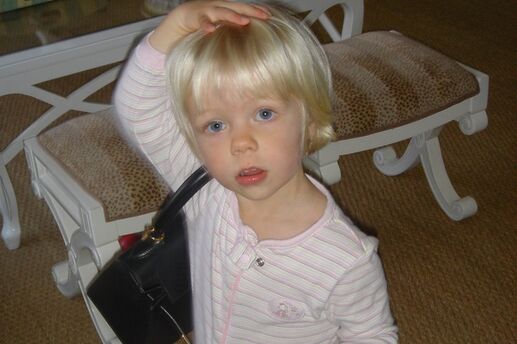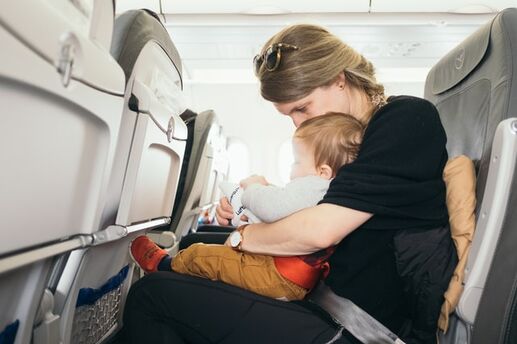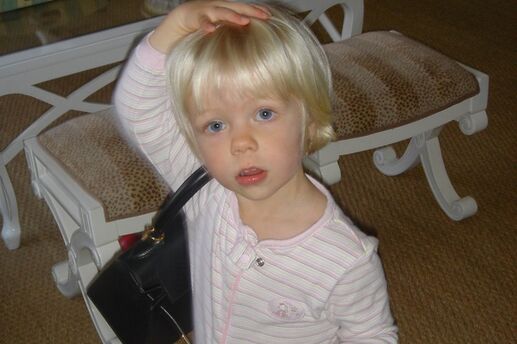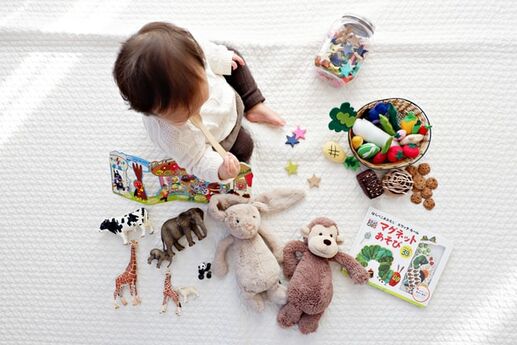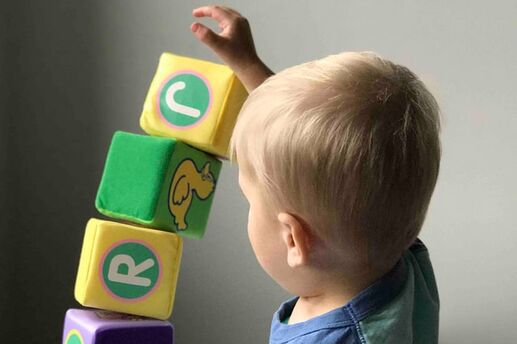Toddler Milestone: Getting Dressed
Your child has been a master of undressing ever since she was a baby and stripped off her socks every chance she got. But now that she’s a little older, she’ll start to build up the toddler development skills necessary to take off and decide which clothes to put on -- from head to toe.
By around age 3, your tot may start to decide all by herself what clothes she’d like to wear. As soon as she shows interest in getting herself dressed, use these parenting tips for smooth wardrobe changes.
Make it fun
Provide your child with outfitted dolls or teddy bears on which she can practice. Taking the tiny clothes on and off and selecting which shirts and pants and dresses to put on her dolls will help her understand the actions required for getting dressed (putting socks on before shoes, for example) and help her develop a sense of independence and personal style. Plus, she’ll have such a blast playing dress-up with the various outfits and accessories that she won’t even realize she’s starting to master the key toddler milestone of getting dressed.
Make it easy
At this age, skip the buttons, laces, and other complicated fashion details that your child may not be able to manipulate yet (don’t worry, she’ll hit these milestones soon enough). Providing your tot with easy-on, easy-off items such as shorts and skirts with elasticized waists, leggings, pull-on jeans, and loose tops can help move the process along and reduce frustrations. That’s not to say she can’t start practicing buttoning and other skills, but on a day-to-day basis it will be easier for both of you if you skip overly fancy fashions (especially in the case of emergency potty trips!), but not so much that she doesn’t have a broad selection of clothing to choose from.
Make it educational
As your child starts to dress herself, turn the activity into a learning game. Your toddler’s clothing is a great way to introduce her to new concepts such as colors, patterns, and textures (“These blue pants are made of corduroy. Don’t they feel funny?”). Or, if her shirt has a graphic on it, talk about what’s going on in the image (“Why do you think that puppy on your shirt is so happy?”).
Above all, be patient. It can take time for your tot to master the toddler development skills needed to pick her outfits by herself and get dressed, and rushing her through the process (or diving in and dressing her yourself if she’s taking too long) won’t be beneficial. Instead, remember to factor in time for your toddler to dress herself when getting ready to go out, and cheer her on along the way, from putting on her first sock to eventually tying her first shoe.



